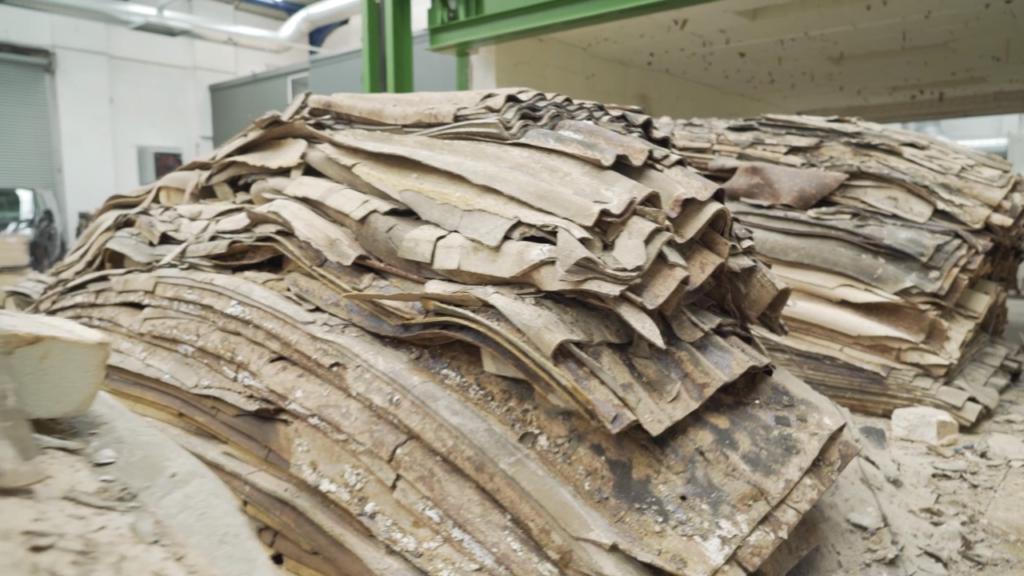NWCPO-16-11754-03
Contact Us: 083-8333-500
NWCPO-16-11754-03
Contact Us: 083-8333-500

Asbestos, a group of naturally occurring minerals known for their fire resistance and insulating properties, was once widely used in construction materials. However, its link to serious health problems, including mesothelioma and lung cancer, led to a global ban on its use in the late 20th century.
The question of asbestos disposal remains a critical issue. Unfortunately, the concept of “asbestos recycling” is a myth. Here’s why:
The only responsible way to deal with asbestos is through proper removal and disposal by certified professionals. This involves:

While asbestos removal may seem costly upfront, it’s an essential investment in the health and safety of residents and future occupants of a building. Proper disposal protects workers, the environment, and future generations.
Further Steps
If you suspect asbestos in your home or business, don’t attempt to remove it yourself. Contact a certified asbestos professional for a thorough inspection and safe removal plan. Government agencies and public health organizations often offer resources and information on asbestos awareness and disposal procedures.
Remember, there’s no safe way to recycle asbestos. Prioritizing safe disposal is the only way to protect yourself and others from the dangers of this harmful material.
Read more about How to Recycling electric Air fresheners, recycle kitchen cabinets and Air fresheners aerosol Recycling and Rubbish Removal.
Asbestos was commonly used in the construction of buildings and homes to make them more durable and insulate them.
Asbestos was used in:
The heat-resistant quality of asbestos made it a staple in vehicle parts that involve constant friction.
Asbestos-containing vehicle parts include: